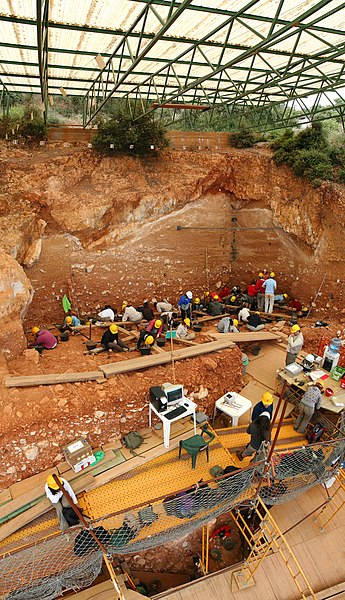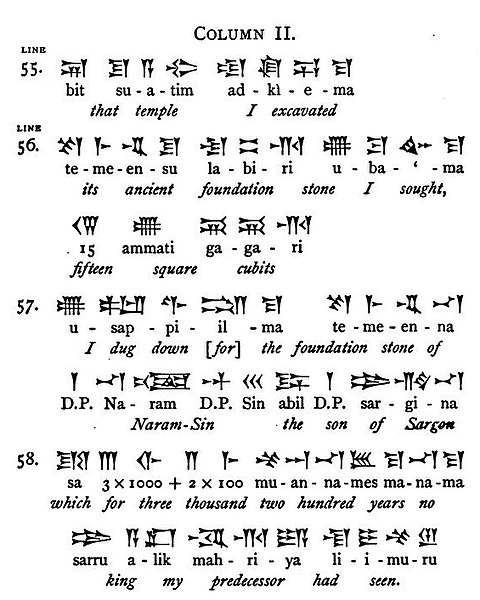Wilhelm Dörpfeld was a German architect and archaeologist, a pioneer of stratigraphic excavation and precise graphical documentation of archaeological projects. He is famous for his work on Bronze Age sites around the Mediterranean, such as Tiryns and Hisarlik, where he continued Heinrich Schliemann's excavations. Like Schliemann, Dörpfeld was an advocate of the historical reality of places mentioned in the works of Homer. While the details of his claims regarding locations mentioned in Homer's writings are not considered accurate by later archaeologists, his fundamental idea that they correspond to real places is accepted. Thus, his work greatly contributed to not only scientific techniques and study of these historically significant sites but also a renewed public interest in the culture and the mythology of Ancient Greece.
Wilhelm Dörpfeld
The tomb of Wilhelm Dörpfeld in Vlychos, Nydri, Lefkas island, as it was in 1943, before a tombstone was put on top of it
The "Treasury of Atreus" is the most impressive of the "tholos" tombs at Mycenae
Archaeology or archeology is the study of human activity through the recovery and analysis of material culture. The archaeological record consists of artifacts, architecture, biofacts or ecofacts, sites, and cultural landscapes. Archaeology can be considered both a social science and a branch of the humanities. It is usually considered an independent academic discipline, but may also be classified as part of anthropology, history or geography.
Excavations at Atapuerca, an archaeological site in Spain.
Nabonidus cylinder from Sippar
Extract describing the excavation
Archaeologists excavating in Rome, Italy







